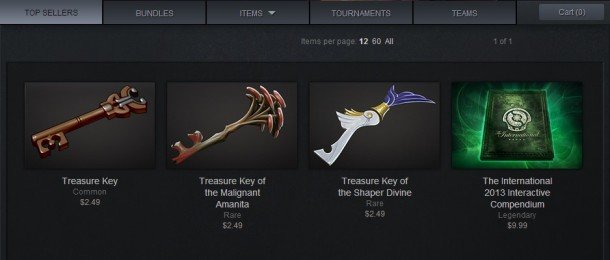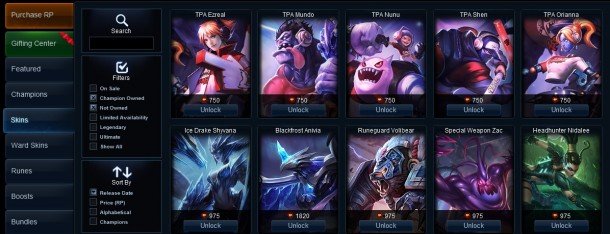Developer Support
Riot and Valve both pump out content updates and patches for their respective games at a breakneck pace although their end goals are quite a bit different.
Above all else, Riot's top priority is to make League of Legends fun—oftentimes at the cost of balance. Sometimes this means removing or adding items, but it can also mean nerfing and buffing champions. One of the clear differences between the balance of LoL and Dota 2 is the season system Riot has created. Every couple of years a new season of League of Legends begins with Season 3 slated to end sometime in 2014. These seasons introduce sweeping changes that drastically alter huge swathes of the champion pool and introduce new items while removing or renovating old ones. At this point in its development, Riot isn't worried about stabilizing the game—instead opting to focus on adding things that makes it more fun.

Valve's balancing philosophy revolves around the idea that every aspect of the game should be equally powerful. Each and every hero in Dota 2 has hard counters which makes having the full roster of heroes available to all players an absolute necessity. The idea is that hero selection should be based not only on team synergy, but also on what heroes the enemy team is picking.
Monetization
Both of these games may be free-to-play, but they aren't devoid of alluring ways to spend your money. Neither Dota 2 nor LoL can be classified as "pay-to-win," thank goodness, since none of the things that you can spend real dollars on directly affect gameplay. The main difference between the two is the availability of champions. Dota 2 gives you it's entire roster of over 100 heroes as soon as you load into the game. League of Legends forces you to purchase any champions that aren't in the rotating 10-man roster of free champs.

Valve has created a Dota 2 store that's a lot like the Mann Co. Store in Team Fortress 2. In it you'll find a multitude of cosmetic items that you can equip on your hero of choice. One of the distinguishing features of the Dota 2 store is its integration with the Steam Workshop, which means that community created items can be swallowed up by Valve and put on sale. HUD skins, announcers and couriers are also all for sale. Although items do randomly drop for players at the end-of-match score screens, the majority of drops are treasure chests which require a paid (or traded-for) key to open.
Keep up to date with the most important stories and the best deals, as picked by the PC Gamer team.

League of Legends takes a slightly different approach by having two different in-game currencies: Influence Points (IP) and Riot Points (RP). IP is earned by completing matches whereas RP is the in-game cash equivalent. Unlike Dota 2, LoL features a rotating roster of free champs. Unlocking a champion permanently requires a small mound of IP or RP. In other words, Riot makes money not only from champion skins, but also from champion purchases. Earning enough IP for some of the newer champions is no small feat and most players end up using their IP to buy runes and resorting to RP to buy champions. The store in League of Legends also has XP and IP boosts available on both per-win and per-day increments.
Ultimately, the choice to spend money is yours. Neither game absolutely requires a monetary commitment to enjoy and the paid aspects of each game don't affect gameplay.
Dota 2 and League of Legends may be fierce competitors, but you can find significant differences between them in their mechanics, metagame, combat techniques, and approach to free-to-play. There's a reason why discussions involving both games get so heated—these are distinct games with divergent cultures. If you're looking to pick sides, come read the arguments in our Dota 2 vs LoL face off .

